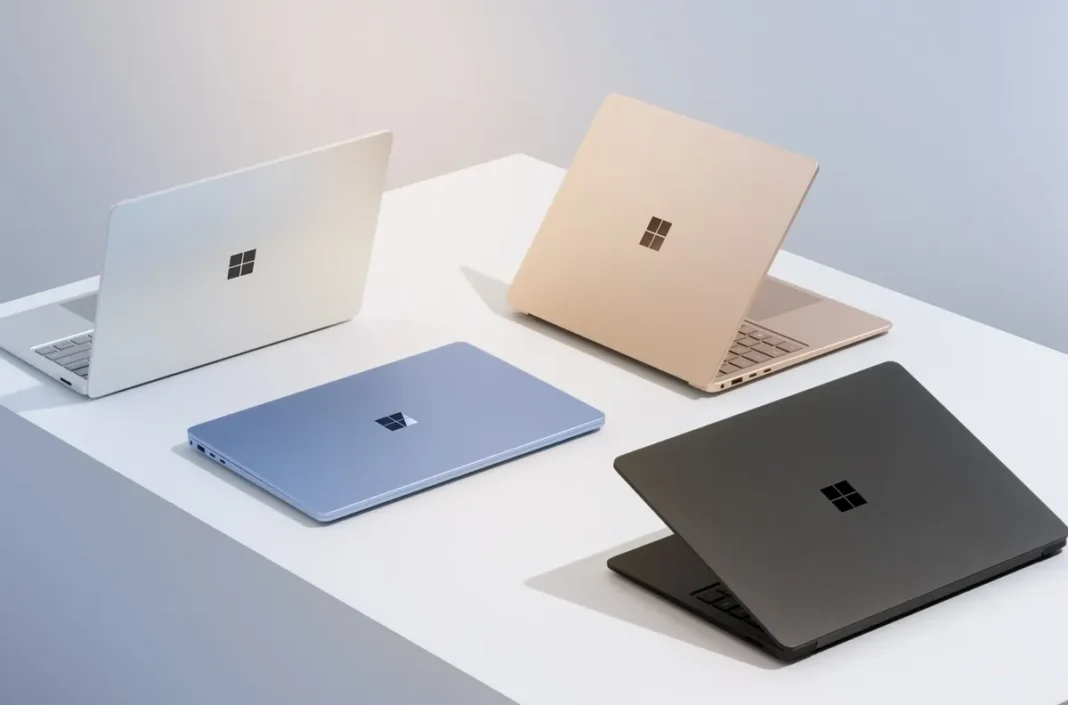Microsoft is reported to be relocating core parts of its hardware manufacturing out of China, starting in 2026. The move encompasses product lines like Surface laptops/tablets and data center servers, including components, parts, and assembly.
Some of the key aspects of the plan:
- Microsoft has asked suppliers to prepare for production “outside of China” for new Surface devices and server units.
- The shift aims for 80% of materials (bill of materials) for servers to be sourced from non-China suppliers.
- The manufacturing relocation is broad—it includes both assembly and component production.
- Microsoft isn’t alone: other U.S. tech companies (AWS, Google) are also accelerating supply chain diversification away from China.
Why Microsoft Is Making This Shift
Several drivers are pushing Microsoft toward this decision:
- Geopolitical Tensions
Rising trade frictions and export control risks between the U.S. and China are making dependency on Chinese manufacturing more risky. The Information+1 - Tariffs & Regulatory Risks
With escalating tariffs, stricter export controls, and potential disruption from policy changes, moving production can hedge against cost and compliance risks. - Supply Chain Resilience
Microsoft is seeking to reduce reliance on any single country, especially one where supply and regulatory contexts may change abruptly. Diversifying locations helps buffer against disruptions (logistics, diplomatic, or trade-policy related). - Trend Among Tech Peers
Other tech giants are following similar paths—shifting hardware and server production, component sourcing, and assembly to Southeast Asia (Vietnam, Thailand) and other non-Chinese regions.
Challenges & What Microsoft Must Manage
Transitioning manufacturing isn’t trivial. Some of the obstacles include:
| Challenge | Details / Risks |
|---|---|
| Component Sourcing | Many components are already deeply embedded in Chinese supply networks; finding reliable replacements outside China may be difficult and time-consuming. |
| Supplier Readiness | Suppliers need to invest in new facilities, retooling, workforce training, and quality control outside China. |
| Cost Implications | Offshoring or near-shoring might increase costs initially (labor, logistics, infrastructure) though long-term benefits might offset them. |
| Scale & Speed | Having “from 2026” as a starting point is ambitious for widescale shifts especially in highly complex products. Microsoft will need smooth transition plans. |
| Regulatory & Political Response | China might impose countermeasures; geopolitical reactions could affect both Microsoft’s operations and its relationships with Chinese suppliers. |
Potential Impacts
If Microsoft executes this shift, several ripple effects are likely:
- Countries like Vietnam, Thailand, India are expected to see investment and manufacturing growth as Microsoft and partners move production there. WebProNews
- Supply chain realignment in the tech hardware space, pushing peers to assess risks in their reliance on China.
- Potential price changes in Microsoft’s hardware products during the transition period as costs rise and logistics adjust.
- Changes in global hardware ecosystem, possibly more regional manufacturing hubs becoming important.
- Impact on employment and skills: regions moving in must build capabilities; regions moving out (in China) could see economic and employment adjustments.
What to Watch Next
Here are some indicators to track as Microsoft moves ahead:
- Which suppliers or contract manufacturers Microsoft selects for non-China production.
- Geographies where the new plants or facilities are set up (which countries are becoming major hubs).
- How Microsoft ensures quality, component consistency, and supply chain verification outside its established Chinese network.
- Whether the 80% materials sourcing goal is met.
- Any response from China, in terms of regulation or trade policy, that could complicate or slow down the shift.
- Cost difference impacts and whether Microsoft passes them on to consumers or absorbs them.



